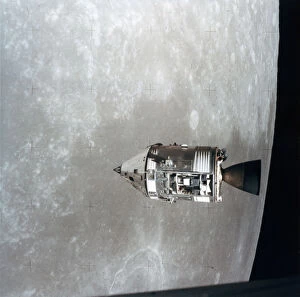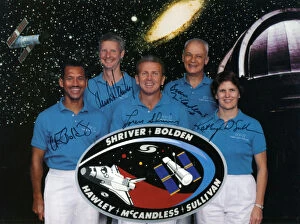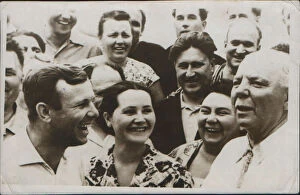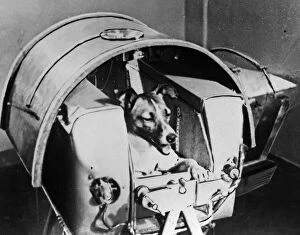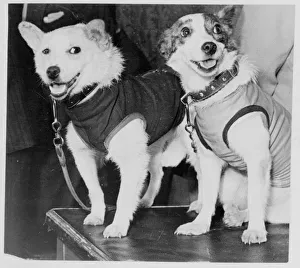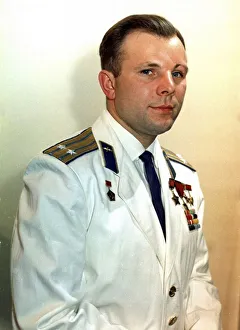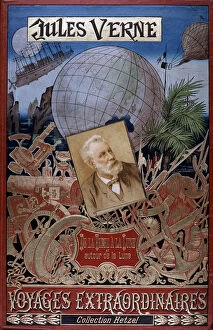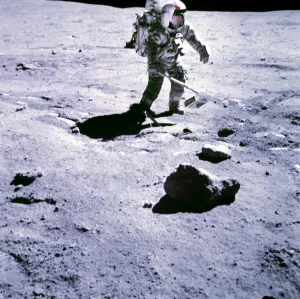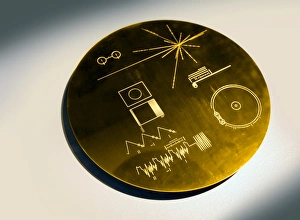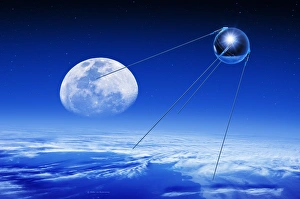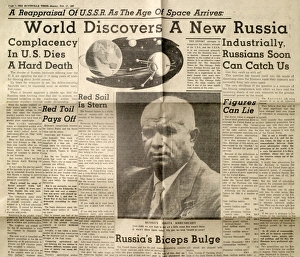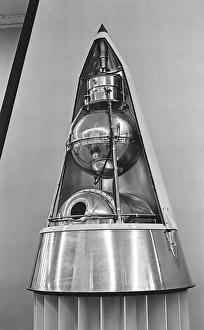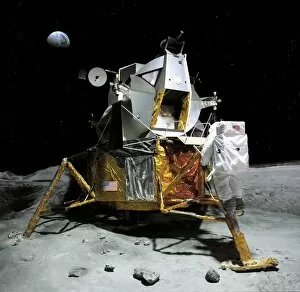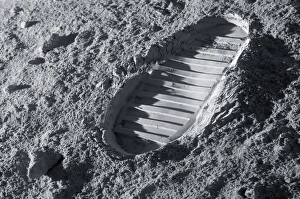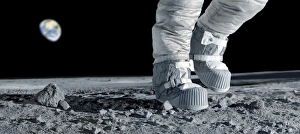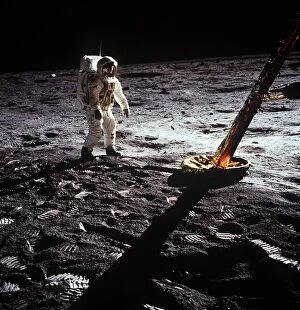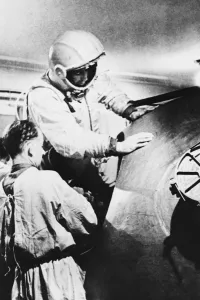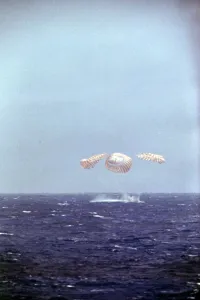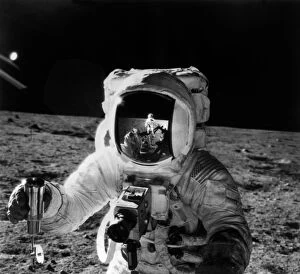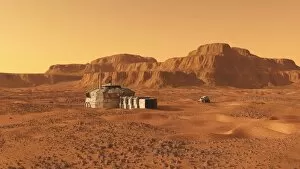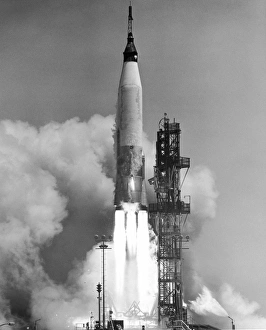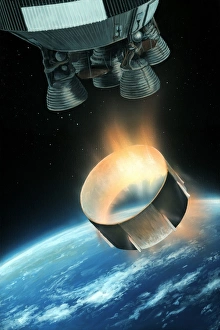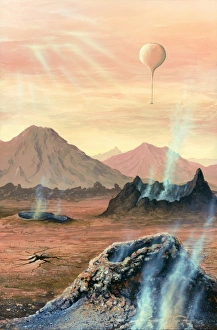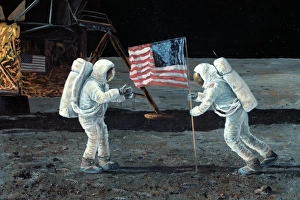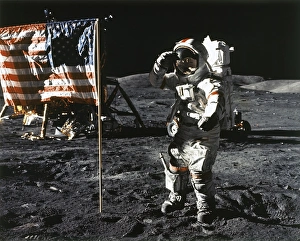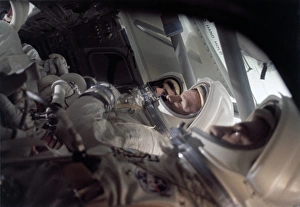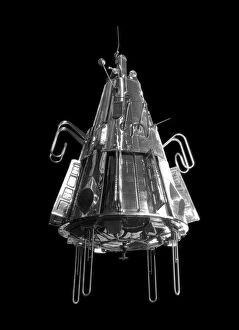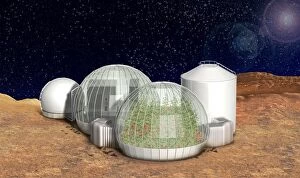Space Flight Collection (page 4)
"Exploring the Final Frontier: A Journey through Space Flight" Laika, the brave space dog, sends a postcard from her celestial adventure
All Professionally Made to Order for Quick Shipping
"Exploring the Final Frontier: A Journey through Space Flight" Laika, the brave space dog, sends a postcard from her celestial adventure, reminding us of the pioneers who paved the way for human exploration. Witnessing a breathtaking sunrise in space through Leonov's eyes, capturing the ethereal beauty that awaits beyond our planet's atmosphere. Apollo 8 gifts humanity with an awe-inspiring sight: Earthrise over Moon - a photograph that forever changes our perspective on our home planet and its place in the vast cosmos. An artist's rendition of Earthrise becomes an iconic symbol of hope and unity as we realize how interconnected we truly are amidst this vast universe. Gazing down at Earth from above the Black Sea, Leonov experiences firsthand both wonder and humility as he contemplates our tiny blue dot floating in infinite darkness. The determined spirit of Apollo 17 astronaut echoes across time as they leave their footprints on lunar soil – a testament to mankind's indomitable will to explore uncharted territories. In 2008, International Space Station becomes a beacon of collaboration and scientific progress where astronauts from various nations work together towards unraveling mysteries beyond our world. Rewinding back to history-making moments, we celebrate America's first manned space flight in 1961 – marking a giant leap forward for human ambition and technological prowess. Astronaut Alan Bean immortalizes his presence on the Moon through his remarkable photographs; each frame tells tales of dreams turned into reality against all odds. As astronauts capture images of Earth from afar during their lunar missions, these snapshots serve as poignant reminders that despite borders or divisions below, we share one fragile home among billions of stars scattered across galaxies far away. Alexei Leonov etches his name into history books by becoming humanity's first-ever spacewalker in 1965 – paving new paths for future explorers and pushing the boundaries of human potential.

